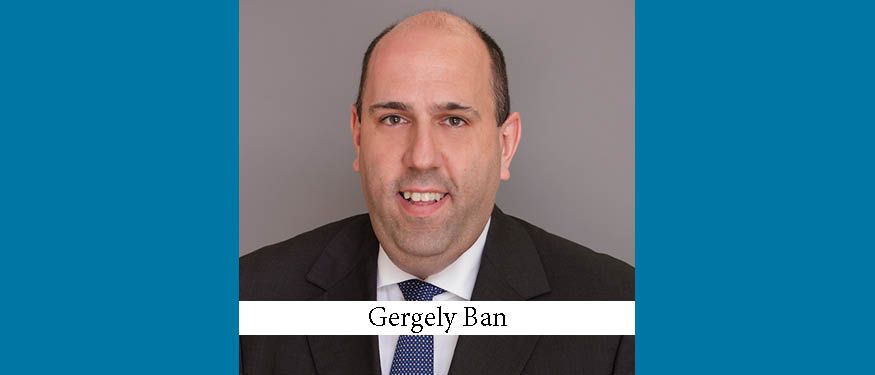On November 22, 2016 the Hungarian Parliament adopted the Act on the new Code of Civil Procedure. The new Code, which will enter into force on January 1, 2018, brings many innovations to the current rules of civil actions and out-of-court proceedings to – as per the intentions of the legislator – facilitate the effective resolution of civil disputes that have become more and more complex over time, in social and economic conditions that have changed profoundly since the current Code of Civil Procedure entered into force more than 60 years ago.
One of the most important aims of the new Code is to allow civil actions to be judged more effectively and in a shorter period of time – within one single hearing on the merits, if possible. To facilitate this the legislator has implemented the so-called divided trial structure, with the goal of allowing decisions on the merits of the case to be rendered sooner, following a diligent and thorough preparatory phase conducted with the involvement of the parties to the proceedings.
Under this divided trial structure, the first phase, separate both in function and time, will consist of pre-trial hearings that aim to determine both the subject and the framework of the dispute brought to court, followed by a second phase: a hearing on the merits of the case.
The new rules of evidence are adapted to this divided trial structure; designation of evidence and submission of motions for probation shall be carried out within the pre-trial hearings by the parties, while the actual presentation of evidence on the merits of the case will take place in a targeted manner within the hearing phase, though remaining within the boundaries specified in the pre-trial phase. As a rule of thumb, no additional motions for probation on the merits will be allowed in the hearings, although they may be possible under exceptional circumstances.
In addition, the legislator has strived to regulate the legal institutions that are currently not regulated in detail by the effective law, but which were developed by judicial practice or are applied inconsistently due to the lack of proper regulation. As a result, the usage of unlawful items of evidence and the outcome of evidence recorded in other proceedings will be regulated, the scope of named items of evidence increased, and the so-called evidentiary emergency regulated as well.
On this last item – the regulation of evidentiary emergencies – the Code intends to assist the proving party in situations where due to the specific position of the parties, the opposing party holds the relevant evidence, and thus the efficiency of the evidentiary procedure may be hindered or even prevented.
The legislator has expanded the ability to provide evidence by expert testimony as well, especially in respect to controversial evidence provided by private experts, with the expectation that this will further decrease the trend of malicious deferral of litigation.
All these changes are designed to increase the efficiency of providing evidence and thus to improve the speed of the courts’ decision-making process.
In order to further increase the effectiveness and speed of the evidentiary procedure, the new Code extends the possibility of using electronic communications networks to judicial inspections, the new Code endeavors by the revised rules of evidence to reflect technological developments and ensure the flexibility they demand. The same applies to the purpose of the new regulations regarding communications between the courts and parties to proceedings.
The business community has welcomed the announced re-regulation and looks forward to seeing intentions become reality. Since the direct (and partially the indirect) costs of litigation are proportional to the length of the procedure, a system of more effective and thus shorter trials with more foreseeable and predictable conduct of proceedings may result in companies’ being able to decrease their litigation budgets and allocate those savings to other business or functional areas.
By Gergely Ban, Managing Partner, Ban & Karika Attorneys at Law
This Article was originally published in Issue 4.2 of the CEE Legal Matters Magazine. If you would like to receive a hard copy of the magazine, you can subscribe here.



